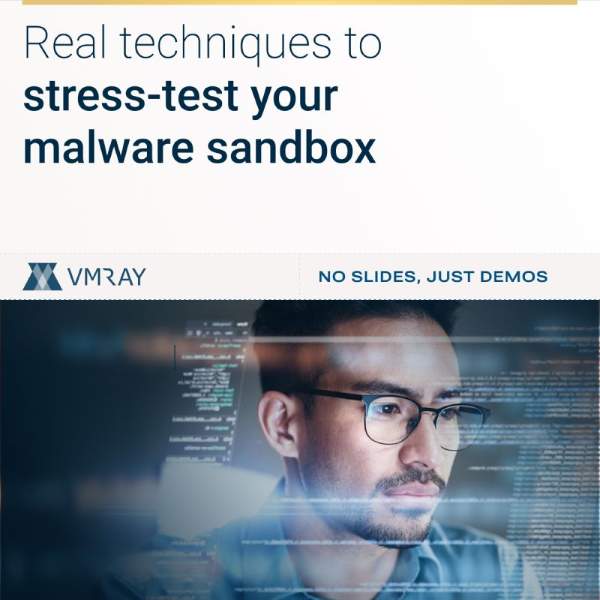Chapter 3: Rising Above Generic Threat Feeds: How to build relevant and precise Threat Intelligence
In the quest for robust defense strategies, security teams often rely on external threat intelligence sources, including open-source feeds and commercial offerings from Cyber Threat Intelligence (CTI) providers.
However, the effectiveness and value of these external sources vary, demanding meticulous evaluation before decisions are made based on them
Lack of Relevance: The challenges of external threat intelligence
The intricacies of the challenge lie in the nuanced nature of external threat intelligence. Even if technically accurate, it might not resonate within an organization’s specific environment, as it may not align with the unique threat model. Vulnerabilities further arise in open-source feeds, susceptible to manipulation by malicious actors who weaponize the data for targeted attacks or disinformation campaigns.
This prevailing gap in accuracy, depth, context, and clarity significantly limits the actionable insights that security teams can derive from such sources. These limitations render traditional solutions inadequate in comprehensively addressing the intricacies of modern cyber threats. As a result, organizations are left with a fragmented view of their threat landscape, struggling to discern the relevance and significance of incoming threat data amidst the noise. The pressing need for an intelligence framework that fills these gaps and empowers organizations with relevant, actionable, and accurate insights has become paramount.
Bridging the Intelligence Gap: Elevating Threat Detection Beyond Secondary Data
To defend against sophisticated, tailored attacks, security teams must transcend secondary threat data. The need for accurate insights into network activities prompts the requirement for internally extracted threat intelligence—intelligence beyond what external sources can provide. Acknowledging the limitations of external CTI, organizations must forge their path, generating internal threat information to bridge the gaps.
Intriguingly, a wealth of in-house CTI can be cultivated from malware and phishing alerts arising from internal security controls. Yet, the enormity of this information poses a hurdle—sorting through alerts, weeding out false positives, in-depth analysis for context, behavioral insights, and Indicators of Compromise (IoC) extraction. Manual analysis falls short in scalability, even with skilled cybersecurity teams.
The quest for an efficient approach to internal threat intelligence, one that empowers strategic decisions and action, becomes paramount. Join us in this chapter to delve into the profound challenge of existing Threat Intelligence solutions and uncover the compelling need for tailored, precise, and actionable intelligence.


